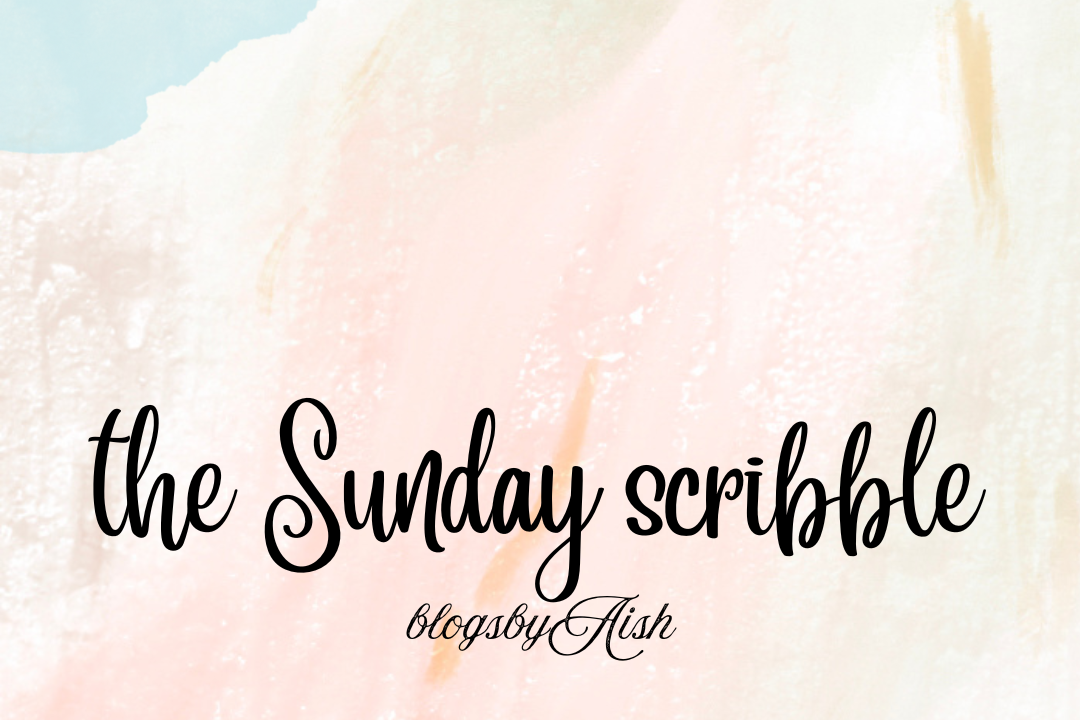Starting an art practice from scratch can feel intimidating especially if you have internalized the myth that you need talent to begin.
The truth?
You do not need talent, expensive tools, or formal training. What you need is consistency, curiosity, and a little structure.
🖼️ 1. Start Where You Are, With What You Have
You don’t need a studio or professional supplies. A pencil, a pen, some paper, and a cheap sketchbook are more than enough. Don’t wait for the “perfect” materials to start—start messy.
Starter kit suggestions:
- A sketchbook (or loose paper)
- Graphite pencils (HB, 2B, 4B)
- A good eraser
- A pen or fineliner
- Optional: watercolors or colored pencils for exploration
🎨 2. Set a Tiny, Achievable Goal
Consistency matters more than intensity. Do not aim for an hour a day if you are just starting. Begin with 10–15 minutes,
3–4 times a week.
Try this:
“Draw one object from life every day for 10 minutes.”
3. Create a Simple Routine
Tie your art time to something you already do—like morning coffee or winding down at night. Consistency becomes easier when art is part of your routine, not an occasional burst of inspiration.
Example:
- Keep your sketchbook near your bed or at your desk.
- Make a “drawing playlist” to signal it’s art time.
- Use a reminder app or sticky note to keep you accountable.
4. Learn the Fundamentals Gradually
Start with basic exercises to build your visual vocabulary and hand-eye coordination.
Focus Areas ( in initial months):
- Line quality: Practice drawing smooth, confident lines.
- Basic shapes: Circles, cubes, cylinders, spheres.
- Contour drawing: Drawing the outline of objects slowly without lifting your pen.
- Shading practice: Learn light and shadow using a simple sphere or apple.
Free/low-cost learning resources:
- YouTube channels like Proko, Love Life Drawing, or Draw with Jazza
- Skill share or Udemy beginner classes
- Public domain drawing manuals (check Archive.org)
5. Keep a Sketchbook — But Not for Perfection
Your sketchbook is not a portfolio. It is A diary. A playground. Let it be messy. Date your pages. Write notes. Scribble in the margins. Track your growth, not perfection.
6. Make It Fun (and Optional)
Burnout is real, especially if you are putting pressure on yourself to “improve fast.” Every week, include at least one fun,no-rules session: doodles, fan art, abstract shapes, collage anything that reminds you why you enjoy creating.
7. Reflect Monthly
Set aside 30 minutes at the end of each month to:
- Flip through your sketchbook
- Notice improvements or patterns
- Write down one thing you learned
- Set one micro-goal for the next month (e.g., “Learn how to draw hands,” “Try colored pencils”)
8. Build Community but, When You are Ready
Art can be lonely. Find safe, encouraging spaces to share your progress:
- Join beginner-friendly art communities (Reddit’s r/learntodraw, Discord servers, Facebook groups)
- Follow artists on Instagram or YouTube
- Take part in low-stakes challenges (e.g., Sketchtember, Inktober, #100dayproject)
9. Fight Perfectionism with Process
There will be bad drawings. There will be frustration. That is part of it. Every bad sketch is a step forward. You are not making art to impress you are making it to grow
10. Celebrate the Milestones
Finished your first sketchbook? Celebrate. Drew for 30 days straight? Take a photo and mark it as a win. Noticing these moments builds momentum and reinforces your commitment.
🌻Final Thoughts
Building an art practice is not about becoming a professional or producing masterpieces. It is about creating a space where you can explore, express, and grow. It is about choosing to show up even when it’s hard, even when you are unsure.
You don’t need permission.
You don’t need talent. You just need to begin.
So go ahead. Open that sketchbook. Draw and Smudge some pencil lines. Make it ugly. Make it joyful. But most of all make it yours.
blogbyAish
